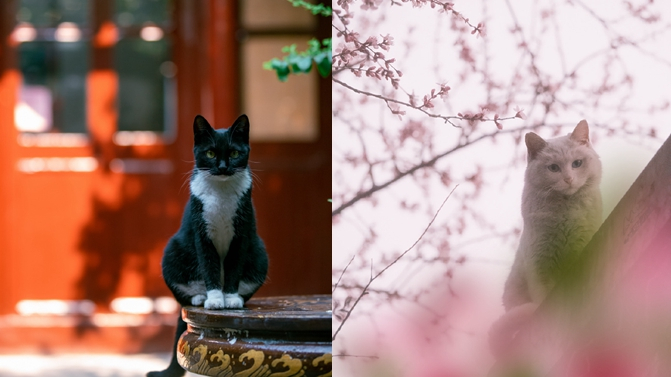
Artist information:
Ernst Haas (1921–1986) was an Austrian-American photographer and a groundbreaking pioneer of color photography, best known for his innovative use of vibrant hues, motion blur, and abstract compositions. As a member of Magnum Photos since 1949, he worked alongside legends like Henri Cartier-Bresson and helped elevate color photography as a legitimate art form in the mid-20th century. His 1953 photo essay *New York* for *Life* magazine showcased his dynamic, impressionistic style, while his 1971 book *The Creation* became one of the best-selling photography books of its time, featuring surreal and vivid nature scenes. Haas also excelled in commercial and editorial work, contributing to major publications like *Vogue* and *Look*. His experimental techniques—such as slow shutter speeds to capture movement painterly—left a lasting impact on both fine art and documentary photography, inspiring generations of photographers to embrace color as a powerful expressive medium.
Photo analysis:
Color: The sharp contrast between the bright yellow of the taxi and the dark shadows creates a huge visual impact. A limited color palette, mainly dark with yellow accents, adds to the mood swings of the scene.
Light and shadow: projecting dramatic shadows, possibly from intense sunlight, which define the shapes of people and objects. The interaction of light and shadow adds depth and dimension to images. Steam or smoke can also scatter light, creating an ethereal quality.
Lines: The lines of the street, the edges of cars, and the contours of people create a sense of direction and movement, guiding the audience’s eyes through the scene.
Composition concept
Prospect background relationship: The yellow taxi in the foreground attracts people’s attention, while the characters and background elements, such as buildings and other vehicles, provide background and depth.
Balance: Placing taxis on one side and people on the other creates a visual balance. Steam or smoke fills the middle zone, unifying the composition.
Guiding line: The direction of lines and shadows on the street serves as a guiding line, directing the audience’s eyes toward the subject in the image.
The application of artistic elements
Color: The sharp contrast between the bright yellow of the taxi and the dark shadows creates a huge visual impact. A limited color palette, mainly dark with yellow accents, adds to the mood swings of the scene.
Light and shadow: projecting dramatic shadows, possibly from intense sunlight, which define the shapes of people and objects. The interaction of light and shadow adds depth and dimension to images. Steam or smoke can also scatter light, creating an ethereal quality.
Lines: The lines of the street, the edges of cars, and the contours of people create a sense of direction and movement, guiding the audience’s eyes through the scene.
Composition concept
Prospect background relationship: The yellow taxi in the foreground attracts people’s attention, while the characters and background elements, such as buildings and other vehicles, provide background and depth.
Balance: Placing taxis on one side and people on the other creates a visual balance. Steam or smoke fills the middle zone, unifying the composition.
Guiding line: The direction of lines and shadows on the street serves as a guiding line, directing the audience’s eyes toward the subject in the image.
Artist link
This street photography style with strong contrast and emphasis on urban scenes can be linked to the works of color photography pioneer Ernst Haas. His works often capture the vitality and drama of urban life, similar to how this photo uses color and light to tell a story about the city’s existence.
Theme and Concept
Urban Atmosphere: This photo captures the essence of urban life, with iconic yellow taxis, bustling pedestrians, and urban infrastructure such as buildings and streets.
Instantly: It freezes a specific moment, highlighting the transience of the urban experience, such as the steam rising from the streets, which adds a sense of impermanence.
Camera technology and post-editing selection
Exposure: Carefully manage exposure to preserve details in bright areas (such as taxis) while creating deep shadows. This may involve spot metering or carefully adjusting A to achieve a medium depth of field, which could be a processing issue.
Depth of Field: Medium depth of field may be used to keep the main objects (taxis and people) focused while slightly blurring the background to emphasize them.
Post editing: In post-processing, contrast may be enhanced to make colors more vivid and shadows darker and improve the overall mood of the image.






































Recent Comments